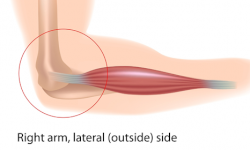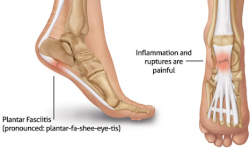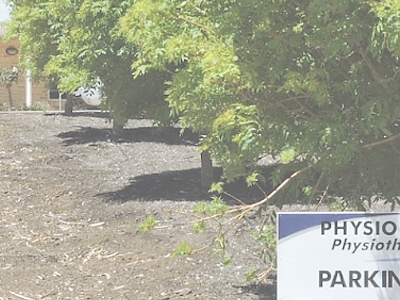Pelvic Floor
The pelvic floor muscles are a small group of muscles which act like a muscular trampoline to support your bladder, uterus, bowel and abdominal contents when exercising, lifting, coughing or sneezing. They are located underneath your pelvis attaching from the pubic bone to the tailbone (coccyx).
Pelvic Floor muscles
Healthy strong pelvic floor muscles help:
- Prevent leaks from the bladder and bowel
- Provide support during pregnancy as the uterus and baby grow
- Prevent prolapse (descent of pelvic organs)
- Support spine by working with abdominal muscles
- Enhance sexual sensation.
Pelvic Floor dysfunction
Pelvic Floor dysfunction can be due to:
- Childbirth and pregnancy
- Regular straining to empty the bowel
- Constant coughing
- Heavy lifting
- Excess weight
- Pelvic surgery
- Menopause
- Pain.
Signs of dysfunction include:
- Accidentally leaking urine when you exercise, laugh, cough or sneeze
- Needing to get to the toilet in a hurry or not making it there in time
- Constantly needing to go to the toilet
- Difficulty emptying your bladder or bowel
- Losing control of your bladder or bowel
- Poor or no control over passing wind
- Prolapse
- Pain in your pelvic area
- Painful sex.
Prolapse
Physiotherapy can prevent progression of prolapse, manage symptoms and avoid the need for surgery.
As many as 50% of women have some degree of genital prolapse. 11% of women will need surgery for their prolapse and 1/3 of these need repeat surgery.
Physiotherapy can effectively manage Stage 1 and 2 prolapses and prevent progression of prolapse, reduction of symptoms and can avoid the need for surgery.
Management of Stage 3 or 4 prolapse using pessaries and pre-operative strengthening programs have also been shown to be effective.








